Last updated on August 11th, 2014 at 03:15 pm
How to Make Fizzy Bath Salts
By Jane Lake
Here’s a collection of recipes to make effervescent, fizzy bath salts. Toss a generous handful into your next bath and enjoy the fizz of tiny bubbles.
These simple concoctions also combine the soothing effects of epsom salts and baking soda with the aromatherapy benefits of essential oils. Light a candle, down the lights, and submerge yourself in a gentle home spa experience.
![]()
Fizzy Lavender Bath Salts
![]()
- 2 cups epsom salts
- 1 cup baking soda
- ½ cup citric acid
- optional: equal parts red and blue food coloring
- 10-20 drops of lavender essential oil
Combine epsom salts with baking soda, then stir in enough food coloring and drops of essential oil to achieve the desired color and scent. Mix very well, then add citric acid and stir again, very thoroughly. Package in bags and store in a dry location.
![]()
Fizzy Patchouli Bath Salts
.
- 1 cup cornstarch
- 1 cup citric acid
- 2 cups baking soda
- patchouli essential oil or patchouli fragrance oil
Patchouli is a strong, earthy fragrance, derived from the leaves of the patchouli plant, that is used as a sensual base note in many expensive commercial perfumes. It’s also a fragrance associated with hippy boutiques in the seventies. Use sparingly – a little patchouli goes a long way!
Thoroughly mix constarch and citric acid, then add patchouli essential oil or fragrance oil, as desired. Stir in baking soda and mix thoroughly. Use a quarter to one half a cup per bath.
Easy Fizzy Bath Salts
![]()
- 2 cups baking soda
- 1 cup citric acid
- 1 cup cornstarch
- optional: food color and essential oil
If you are using food coloring and essential oil, mix the two together, then add to baking soda and stir until color is distributed evenly. Mix together citric acid and cornstarch, then stir in baking soda and mix together thoroughly.
Caution:
Fizzy bath salts should be packaged only in bags. If packed into jars or rigid containers, and condensation or trapped moisture activates the fizzy action, there is potential for the container to crack or explode.
As with any homemade beauty recipe, use at your own risk and be aware of potential allergic reactions. The essential oils suggested in these recipes can be substituted with your choice of scents or fragrances, or eliminated completely if you prefer a no-scent formula.
Where to Find Citric Acid
You can find citric acid, which is made from the fermentation of lemon, lime and pineapple juice, in most drug stores – or buy larger amounts (Citric Acid, 32oz) online from Amazon.
![]()
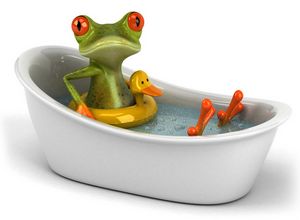
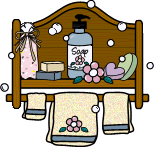
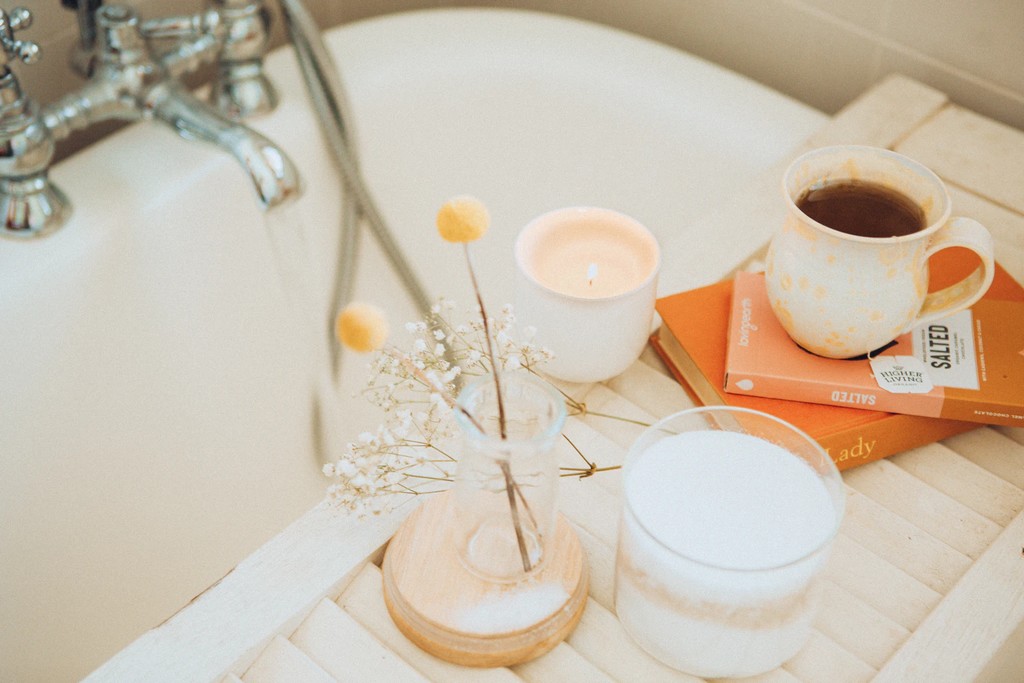
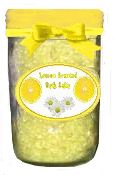
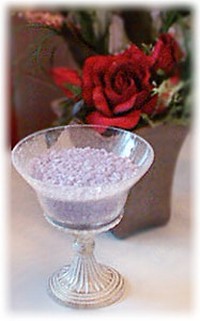
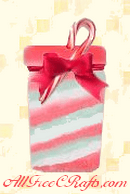
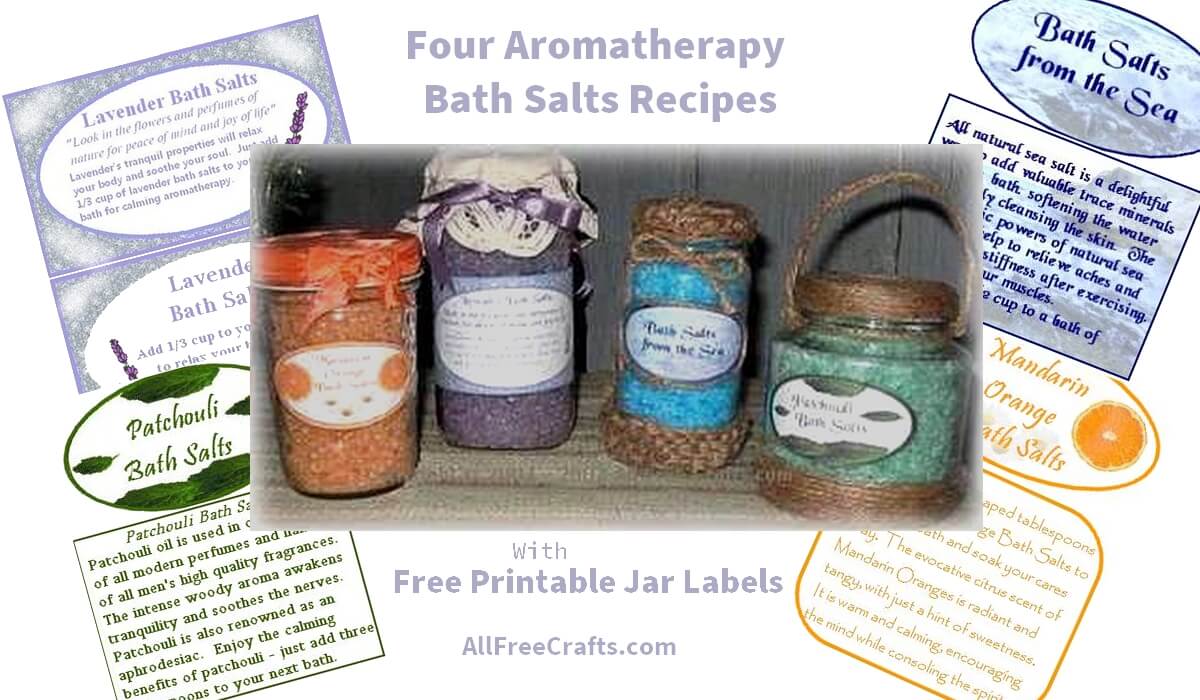
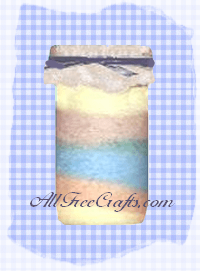
Hey Ladies! I see this is an old post…came across the page while doing a lil bit of surfing ; ) Just wondering if y’all were drying the mixture before packaging it up? I spread the mixture out on a line cookie sheet over night to dry. I then break up any clumps etc, getting it back to a nice smooth texture…making sure it isn’t damp anymore. Have a nice night! : )
When I’ve attempted to add citric acid to my bath salts, it starts fizzing like Rice Krispies. One time it even started bubbling up out of the container. I think I used the right amount. Could it be the moisture from the oils I added?
Possibly it is the order of mixing that is causing the issue. Citric acid is very sensitive to moisture, so recipes usually call for any liquid, even small additions of essential oil or food coloring, to be added and thoroughly mixed with another ingredient before introducing the citric acid.
There is a certain volatility, for sure, which is why I warn against storing fizzy bath salts in a jar.
I’m sorry you’re having this issue, because I enjoy my fizzy bath salts a lot. Thank you for the feedback though, and I hope you manage to work it out. Enjoy your bath!
i dont know if this will help anyone – but what i do is – mix up all the ingredients EXCEPT the citric acid – i make sure the EO or FO is thoroughly mixed with everything else then slowly stir in the citric acid – it doesnt seem to activate then – hope this helps someone
Thank you, Liz. Certainly worth a try. Perhaps if the cornstarch was worked in with the first ingredients, then the citric acid added last, as you do, then the problem that Meg describes wouldn’t happen. Really appreciate your input!
Please could you tell me what ½cup citric acid means in your Fizzy Lavender Bath salts as we would like to try and make some
Many thanks
Sue Van Biljon
Hi, Sue,
Apologies – that was a goof in the coding, which I hoped is now fixed.
In the recipe, it means half a cup of citric acid.
Don’t forget to take time for a nice relaxing, fizzy bath yourself when you’re finished making this!